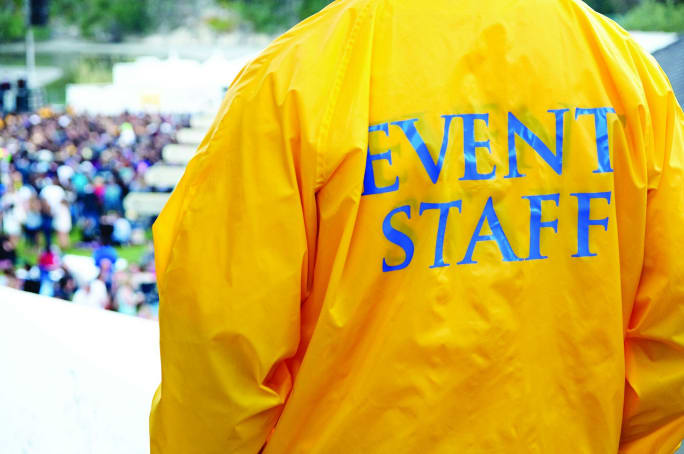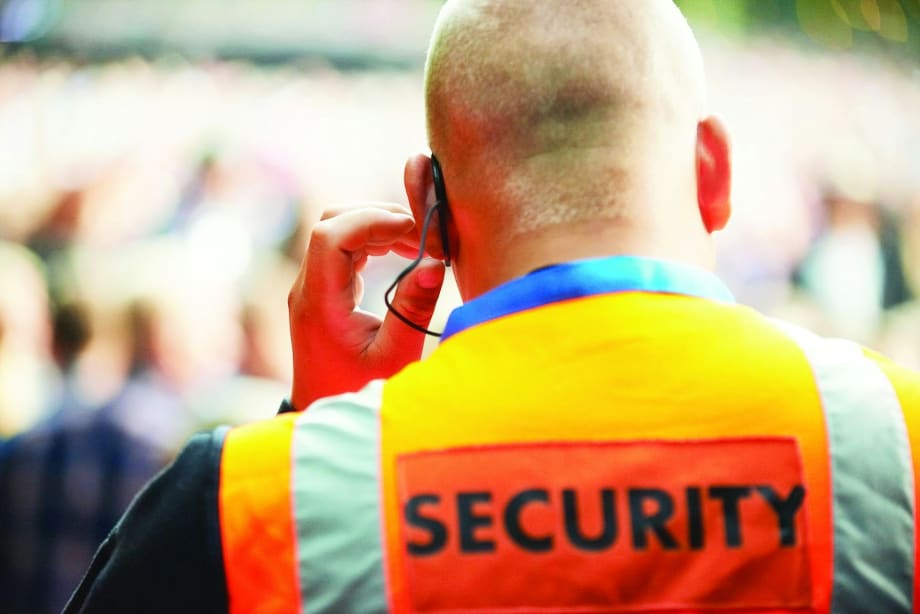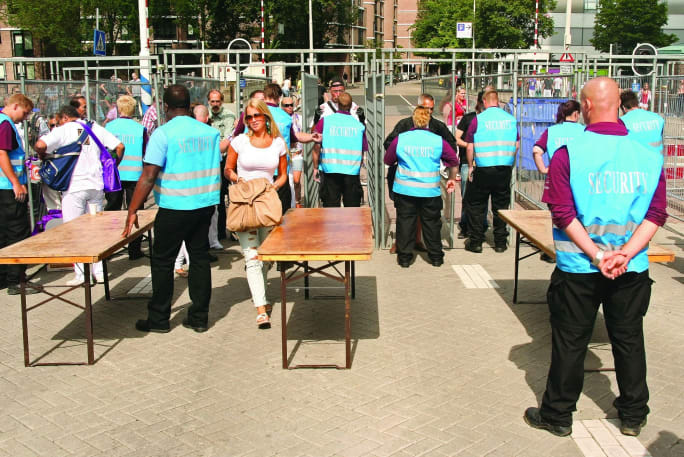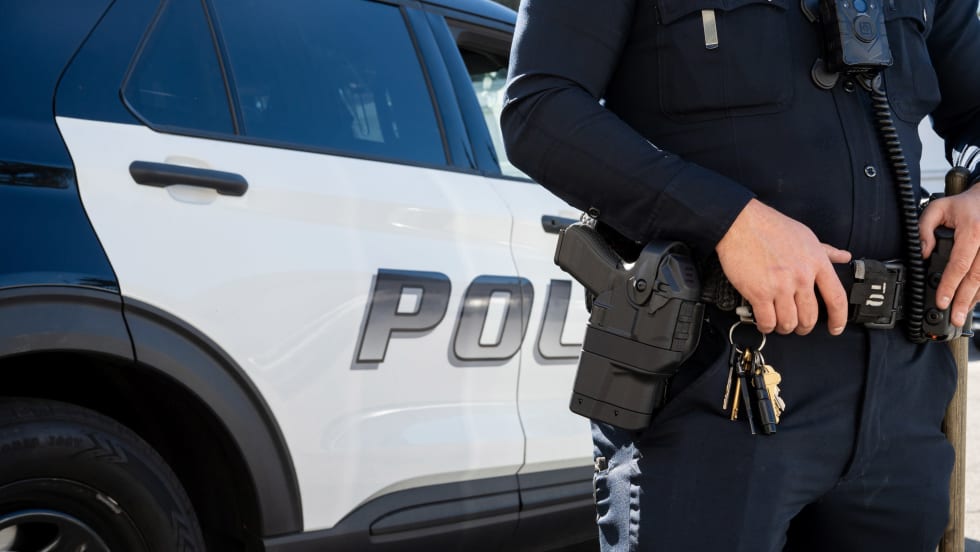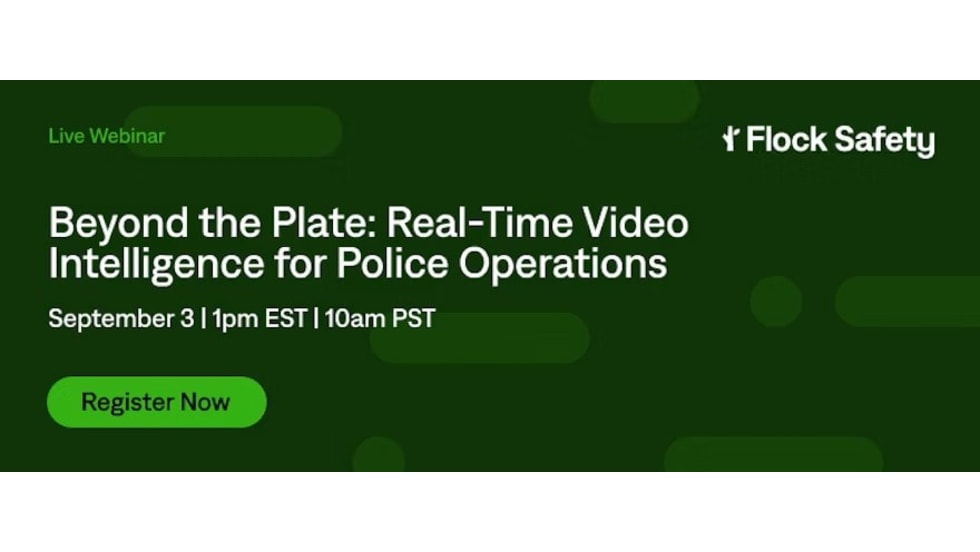The unfortunate reality is that these shootings take very little time, and in most cases, law enforcement is reacting to an event that will be over before there is time to respond. Consider the 2007 shooting at Virginia Tech where in 11 minutes, Seung-Hui Cho, a senior at the university, shot and killed 32 people and wounded 17 others before committing suicide. Police were on the scene within minutes, but by the time they gained entry to the building the event was over.
"Police couldn't have done a better job," says Phillip Chainman, staff director of the Virginia Tech Shooting Review Panel at the 9th Annual Technologies for Critical Incident Preparedness Conference and Exposition. "They made immediate entry. But it was game over by that time."
Notes Adelman, police cannot get there quickly enough, and generally cannot prevent these tragedies. For this reason, he advocates law enforcement helping to teach event planners, organizers, and security personnel what to do when an event arises.
"The usual response that we are all taught is to run, hide, fight. If you can run away from the shooter, do it, because it's by far the best choice," Adelman says. "If you can't run away, hide behind whatever is available, and if neither of these is an option, fight the shooter with whatever you have. Throw your coffee cup, your phone, a book. These are the rules; the problem is they are hard. There are many impediments to people running, hiding, or fighting, particularly in live event spaces."
The first problem is that most people cannot identify gunfire. "They have never heard it live," says Adelman. "Even people who go to a shooting range haven't heard it without hearing protection. So, hearing live fire, close, is something most people have never heard in their lives. Therefore, you often hear from survivors of active shooter situations that they thought it was fireworks or pyrotechnics on the stage. This means people will have some delay in recognizing gunfire as a live threat."
